Web scraping is your ticket to unlocking access to vast amounts of data available on the internet and skipping time-consuming manual research.
In only a few clicks, you can get info that serves as a solid foundation for generating leads, researching the market and competition, and growing your business.
There are plenty of fish in the web scraping sea, and if your priorities are cost efficiency and flexibility, open-source tools can be the way to go. 🧑💻
While the open-source filter narrows down your options to a certain degree, you can still find plenty of choices. To help you understand their advantages and drawbacks, our team compiled this list of excellent web scraping tools among open-source options.
We also found a potentially superior alternative that offers more efficiency. 🥊
How We Selected the Best Open-Source Web Scrapers
We wanted to ensure each and every review in this article is objective and bias-free—which is why our team tailored a unique approach:
- We explored the functionalities of dozens of open-source web scrapers to understand their strengths and drawbacks ✔️
- We tapped into our network of industry experts and influencers to get their recommendations and valuable input ✔️
- We checked out popular review platforms like Capterra and G2 to see which open-source web scrapers are popular among users ✔️
We can shortlist the best open-source web scrapers, but we can’t estimate your specific needs. To make a smart decision, consider the factors listed in the table below:
Top 5 Open-Source Web Scraping Tools—In-Depth Reviews
Our three-step approach to analyzing open-source web scrapers yielded a list of the top five options:
- Scrapy
- Beautiful Soup
- PySpider
- Apache Nutch
- Heritrix
📌 If you don’t want to limit yourself to open-source solutions exclusively and want more feature variety, we’ll introduce you to another fantastic web scraping alternative—Clay.
1. Scrapy
.avif)
Scrapy sits at the open-source web scraping throne. It’s written in Python, so you can install and run it like any other Python package. 👑
Though Scrapy’s main purpose is web scraping, it has two more uses:
- Extracting data using APIs
- General-purpose web crawling
To extract info from a web page with Scrapy, you need to write spiders and define how the website will be scraped, how to complete the crawl, and how to pull structured data.
You’ll be thrilled by Scrapy’s ability to process multiple requests simultaneously—you don’t have to wait for one request to complete before running another one.
If you want strong extensibility support, Scrapy has it—different middleware, extensions, and pipelines allow you to add your own functionalities to the tool.
While you can extend the supported file formats in the tool’s settings for more flexibility, by default, Scrapy lets you store data in:
- JSON
- CSV
- XML
Scrapy is completely free to use, making it an excellent option for beginners with a limited budget and startups.
As for potential drawbacks, it’s important to mention that Scrapy can’t scrape dynamic content on its own (you can use plug-ins to change this). There’s also a learning curve, especially for those who aren’t familiar with Python.
2. Beautiful Soup
.avif)
Beautiful Soup is a Python package that can pull data from HTML and XML documents, and you can use it for web scraping purposes.
The package works by creating a parse tree of the parsed web page based on specific criteria. This tree is filled with Python elements—you can navigate and modify it to pull the elements you’re interested in.
Beautiful Soup is known for its ease of use—a user-friendly syntax makes it appealing even for non-programmers and scraping novices. Still, the package is quite powerful and can handle missing or broken HTML by trying to interpret them to get you the data you need. 💪
If you’re new to the Beautiful Soup universe, you’ll appreciate its huge community—you can easily find detailed documentation and resources on the functionalities and uses.
In terms of drawbacks, Beautiful Soup can’t handle concurrent requests as well as Scrapy can. So, if you’re looking for a tool for large-scale or complex scraping, Beautiful Soup isn’t the best option. Another potential downside is that Beautiful Soup can’t handle JavaScript, which limits its functionality.
3. PySpider
.avif)
PySpider is an open-source web crawler system written in Python. The platform has its own web user interface that lets you:
- Edit scripts
- Monitor tasks
- View results
If you need to scrape a web page at specific times or multiple times within a particular period, you’ll like PySpider’s scheduling option. It lets you schedule scraping tasks in advance and ensure you don’t miss important info.
Another convenient option is handling concurrent requests—you can run multiple scraping tasks simultaneously and boost your efficiency. Plus, it can crawl JavaScript pages, providing fantastic scraping coverage.
PySpider and its options are well-documented, so you can easily find answers to your questions. Still, the system comes with a learning curve and a complex setup, so it’s not an option for those lacking coding skills or scraping experience.
💡 Pro tip: If you’re looking for a no-code scraping solution, Clay is an excellent option.
4. Apache Nutch
.avif)
Known for its extensibility and scalability, Apache Nutch is another popular open-source web crawler.
The crawler is written in Java and based on the Apache Hadoop framework designed for seamless processing of large datasets across clusters of computers. Thanks to this, Apache Nutch can handle large-scale scraping tasks without a drop in performance. Of course, it’s also suitable for smaller scraping jobs.
Apache Nutch comes with built-in plugins, including:
- Apache Tika for parsing
- Apache Solr for indexing data
As the crawler is extensible and has a modular architecture, users can also configure custom implementations for parsing, HTML filtering, or scoring and create their own plug-ins. 🔌
The platform has a wide community and extensive documentation, so you can easily find answers to your questions and resolve issues. Like other platforms on the list, this one’s also free. 💲
As for drawbacks, some users report that Apache Nutch consumes too much memory and CPU, so you need a solid infrastructure if you want to run it.
5. Heritrix
.avif)
Heritrix is another open-source web scraper written in Java. Its main purpose is web archiving—collecting data from the internet in an archival format to preserve it for scientists or the public.
Heritrix respects the robots.txt exclusion directives and META nofollow tags, so it won’t try to access pages, content, or links that aren’t allowed by the website you’re trying to scrape. This ensures you’re always scraping ethically without breaking any rules or laws. 👌
The system comes with a web-based user interface, where you can control the scraping process and see any potential issues or delays.
Heritrix is completely free, and you can redistribute or modify it without worries.
While it’s excellent for collecting all kinds of data points, Heritrix has had issues with crawling and storing duplicate content in the past, which can be a significant drawback for some users.
Benefits & Limitations of Using Open-Source Web Scrapers
While open-source software tools have plenty of benefits, they also come with a fair share of drawbacks. Exploring these in more detail can help you determine if this is the right path for you. Consult the table below for an overview of benefits and limitations:
What Can You Use Instead of Open-Source Web Scrapers?
If you’re not willing to compromise on security, compatibility, or user-friendliness, consider looking into other web scraping options. Specialized tools with advanced web scraping features are your best bet—they can scrape any type of data from any website in seconds. ⏩
Some tools even go beyond data scraping and offer options for:
- Enrichment
- Prospecting
- Campaign personalization
If you’re in the market for such a tool, Clay is a fantastic choice—this sales automation platform offers ease of use, advanced functionality, and affordable pricing to help you tighten workflows. 😍
🚨 Want to see Clay’s scraping features first-hand? Check out this video:
How Can Clay Help You Scrape Data?
As a top-rated sales automation platform, Clay offers several scraping features that can help you search every corner of the internet and find the info you need.
One of the platform’s stellar options is Claygent—an AI-based web scraper. Tell Claygent what you need, and it will visit every website to find the info. You only need to provide a few simple prompts in Claygent’s Mission field, and it will take care of the rest. 😎

Besides scraping data from websites, Claygent can also read and summarize PDFs, so you can extract info from documents as well. As you can check the logic behind Claygent’s every answer, you can be 100% confident of its accuracy. 🥰
Another noteworthy scraping feature in Clay’s arsenal is the Chrome extension. It can scrape info from any website and extract it to a table for easier navigation and further work, allowing your team to focus on other valuable aspects of your sales campaigns. ⌛
Web scraping templates are another reason why Clay stands out from its alternatives. Use these templates to save time when performing specific scraping tasks, such as:
- Scraping Indeed job listings to get the number of business locations
- Finding the number of open roles and employees based on a company URL
- Finding local business and their contact info based on Google Maps
A common problem when web scraping is data uniformity—you often end up with inconsistent names, job titles, locations, or whatever data points you’re scraping. Clay helps you overcome this problem with its data formatting options that clean the scraped data and organize it in a table. The feature lets you automatically normalize data points like:
- ✔️ First and last name
- ✔️ Company name
- ✔️ Job title
- ✔️ Domain
- ✔️ Location
Other Clay Features You’ll Adore

Fantastic scraping options are only a portion of Clay’s offer.
Unlike many of its alternatives, which pull data from a single database, Clay can tap into over 50 of them, allowing you to find even the most specific pieces of info. This ensures fantastic data coverage—you can extract all kinds of data from virtually any corner of the internet.
Aside from that, Clay offers plenty of other useful options to help you streamline your workflows and save time, such as:
Although it’s charged with advanced options that can scale your business, Clay is incredibly easy to set up and use. You don’t need a degree in programming or any knowledge of Python or JavaScript to leverage Clay’s options.
See what a user says about Clay:

Create a Clay Account
The only action left to take is to create your Clay account, and that won’t take much of your time:
- Visit the platform’s signup page 👈
- Provide the required info
- Explore Clay’s options!
Clay has a free forever plan that allows you to explore the platform and its options and integrations at zero cost and see if it’s a good fit. If you like it, you can choose one of the four paid plans outlined below:
All plans, including the free one, come with unlimited users, so you and your entire team can enjoy Clay. 🥰
If you’re not sure if Clay’s the right option just yet and want to learn more about it, visit Clay University for detailed overviews of the platform’s features. We also recommend joining the Slack community and subscribing to the newsletter to learn about different uses of Clay and receive the latest updates. 📥
Web scraping is your ticket to unlocking access to vast amounts of data available on the internet and skipping time-consuming manual research.
In only a few clicks, you can get info that serves as a solid foundation for generating leads, researching the market and competition, and growing your business.
There are plenty of fish in the web scraping sea, and if your priorities are cost efficiency and flexibility, open-source tools can be the way to go. 🧑💻
While the open-source filter narrows down your options to a certain degree, you can still find plenty of choices. To help you understand their advantages and drawbacks, our team compiled this list of excellent web scraping tools among open-source options.
We also found a potentially superior alternative that offers more efficiency. 🥊
How We Selected the Best Open-Source Web Scrapers
We wanted to ensure each and every review in this article is objective and bias-free—which is why our team tailored a unique approach:
- We explored the functionalities of dozens of open-source web scrapers to understand their strengths and drawbacks ✔️
- We tapped into our network of industry experts and influencers to get their recommendations and valuable input ✔️
- We checked out popular review platforms like Capterra and G2 to see which open-source web scrapers are popular among users ✔️
We can shortlist the best open-source web scrapers, but we can’t estimate your specific needs. To make a smart decision, consider the factors listed in the table below:
Top 5 Open-Source Web Scraping Tools—In-Depth Reviews
Our three-step approach to analyzing open-source web scrapers yielded a list of the top five options:
- Scrapy
- Beautiful Soup
- PySpider
- Apache Nutch
- Heritrix
📌 If you don’t want to limit yourself to open-source solutions exclusively and want more feature variety, we’ll introduce you to another fantastic web scraping alternative—Clay.
1. Scrapy
.avif)
Scrapy sits at the open-source web scraping throne. It’s written in Python, so you can install and run it like any other Python package. 👑
Though Scrapy’s main purpose is web scraping, it has two more uses:
- Extracting data using APIs
- General-purpose web crawling
To extract info from a web page with Scrapy, you need to write spiders and define how the website will be scraped, how to complete the crawl, and how to pull structured data.
You’ll be thrilled by Scrapy’s ability to process multiple requests simultaneously—you don’t have to wait for one request to complete before running another one.
If you want strong extensibility support, Scrapy has it—different middleware, extensions, and pipelines allow you to add your own functionalities to the tool.
While you can extend the supported file formats in the tool’s settings for more flexibility, by default, Scrapy lets you store data in:
- JSON
- CSV
- XML
Scrapy is completely free to use, making it an excellent option for beginners with a limited budget and startups.
As for potential drawbacks, it’s important to mention that Scrapy can’t scrape dynamic content on its own (you can use plug-ins to change this). There’s also a learning curve, especially for those who aren’t familiar with Python.
2. Beautiful Soup
.avif)
Beautiful Soup is a Python package that can pull data from HTML and XML documents, and you can use it for web scraping purposes.
The package works by creating a parse tree of the parsed web page based on specific criteria. This tree is filled with Python elements—you can navigate and modify it to pull the elements you’re interested in.
Beautiful Soup is known for its ease of use—a user-friendly syntax makes it appealing even for non-programmers and scraping novices. Still, the package is quite powerful and can handle missing or broken HTML by trying to interpret them to get you the data you need. 💪
If you’re new to the Beautiful Soup universe, you’ll appreciate its huge community—you can easily find detailed documentation and resources on the functionalities and uses.
In terms of drawbacks, Beautiful Soup can’t handle concurrent requests as well as Scrapy can. So, if you’re looking for a tool for large-scale or complex scraping, Beautiful Soup isn’t the best option. Another potential downside is that Beautiful Soup can’t handle JavaScript, which limits its functionality.
3. PySpider
.avif)
PySpider is an open-source web crawler system written in Python. The platform has its own web user interface that lets you:
- Edit scripts
- Monitor tasks
- View results
If you need to scrape a web page at specific times or multiple times within a particular period, you’ll like PySpider’s scheduling option. It lets you schedule scraping tasks in advance and ensure you don’t miss important info.
Another convenient option is handling concurrent requests—you can run multiple scraping tasks simultaneously and boost your efficiency. Plus, it can crawl JavaScript pages, providing fantastic scraping coverage.
PySpider and its options are well-documented, so you can easily find answers to your questions. Still, the system comes with a learning curve and a complex setup, so it’s not an option for those lacking coding skills or scraping experience.
💡 Pro tip: If you’re looking for a no-code scraping solution, Clay is an excellent option.
4. Apache Nutch
.avif)
Known for its extensibility and scalability, Apache Nutch is another popular open-source web crawler.
The crawler is written in Java and based on the Apache Hadoop framework designed for seamless processing of large datasets across clusters of computers. Thanks to this, Apache Nutch can handle large-scale scraping tasks without a drop in performance. Of course, it’s also suitable for smaller scraping jobs.
Apache Nutch comes with built-in plugins, including:
- Apache Tika for parsing
- Apache Solr for indexing data
As the crawler is extensible and has a modular architecture, users can also configure custom implementations for parsing, HTML filtering, or scoring and create their own plug-ins. 🔌
The platform has a wide community and extensive documentation, so you can easily find answers to your questions and resolve issues. Like other platforms on the list, this one’s also free. 💲
As for drawbacks, some users report that Apache Nutch consumes too much memory and CPU, so you need a solid infrastructure if you want to run it.
5. Heritrix
.avif)
Heritrix is another open-source web scraper written in Java. Its main purpose is web archiving—collecting data from the internet in an archival format to preserve it for scientists or the public.
Heritrix respects the robots.txt exclusion directives and META nofollow tags, so it won’t try to access pages, content, or links that aren’t allowed by the website you’re trying to scrape. This ensures you’re always scraping ethically without breaking any rules or laws. 👌
The system comes with a web-based user interface, where you can control the scraping process and see any potential issues or delays.
Heritrix is completely free, and you can redistribute or modify it without worries.
While it’s excellent for collecting all kinds of data points, Heritrix has had issues with crawling and storing duplicate content in the past, which can be a significant drawback for some users.
Benefits & Limitations of Using Open-Source Web Scrapers
While open-source software tools have plenty of benefits, they also come with a fair share of drawbacks. Exploring these in more detail can help you determine if this is the right path for you. Consult the table below for an overview of benefits and limitations:
What Can You Use Instead of Open-Source Web Scrapers?
If you’re not willing to compromise on security, compatibility, or user-friendliness, consider looking into other web scraping options. Specialized tools with advanced web scraping features are your best bet—they can scrape any type of data from any website in seconds. ⏩
Some tools even go beyond data scraping and offer options for:
- Enrichment
- Prospecting
- Campaign personalization
If you’re in the market for such a tool, Clay is a fantastic choice—this sales automation platform offers ease of use, advanced functionality, and affordable pricing to help you tighten workflows. 😍
🚨 Want to see Clay’s scraping features first-hand? Check out this video:
How Can Clay Help You Scrape Data?
As a top-rated sales automation platform, Clay offers several scraping features that can help you search every corner of the internet and find the info you need.
One of the platform’s stellar options is Claygent—an AI-based web scraper. Tell Claygent what you need, and it will visit every website to find the info. You only need to provide a few simple prompts in Claygent’s Mission field, and it will take care of the rest. 😎

Besides scraping data from websites, Claygent can also read and summarize PDFs, so you can extract info from documents as well. As you can check the logic behind Claygent’s every answer, you can be 100% confident of its accuracy. 🥰
Another noteworthy scraping feature in Clay’s arsenal is the Chrome extension. It can scrape info from any website and extract it to a table for easier navigation and further work, allowing your team to focus on other valuable aspects of your sales campaigns. ⌛
Web scraping templates are another reason why Clay stands out from its alternatives. Use these templates to save time when performing specific scraping tasks, such as:
- Scraping Indeed job listings to get the number of business locations
- Finding the number of open roles and employees based on a company URL
- Finding local business and their contact info based on Google Maps
A common problem when web scraping is data uniformity—you often end up with inconsistent names, job titles, locations, or whatever data points you’re scraping. Clay helps you overcome this problem with its data formatting options that clean the scraped data and organize it in a table. The feature lets you automatically normalize data points like:
- ✔️ First and last name
- ✔️ Company name
- ✔️ Job title
- ✔️ Domain
- ✔️ Location
Other Clay Features You’ll Adore

Fantastic scraping options are only a portion of Clay’s offer.
Unlike many of its alternatives, which pull data from a single database, Clay can tap into over 50 of them, allowing you to find even the most specific pieces of info. This ensures fantastic data coverage—you can extract all kinds of data from virtually any corner of the internet.
Aside from that, Clay offers plenty of other useful options to help you streamline your workflows and save time, such as:
Although it’s charged with advanced options that can scale your business, Clay is incredibly easy to set up and use. You don’t need a degree in programming or any knowledge of Python or JavaScript to leverage Clay’s options.
See what a user says about Clay:

Create a Clay Account
The only action left to take is to create your Clay account, and that won’t take much of your time:
- Visit the platform’s signup page 👈
- Provide the required info
- Explore Clay’s options!
Clay has a free forever plan that allows you to explore the platform and its options and integrations at zero cost and see if it’s a good fit. If you like it, you can choose one of the four paid plans outlined below:
All plans, including the free one, come with unlimited users, so you and your entire team can enjoy Clay. 🥰
If you’re not sure if Clay’s the right option just yet and want to learn more about it, visit Clay University for detailed overviews of the platform’s features. We also recommend joining the Slack community and subscribing to the newsletter to learn about different uses of Clay and receive the latest updates. 📥


















.jpg)




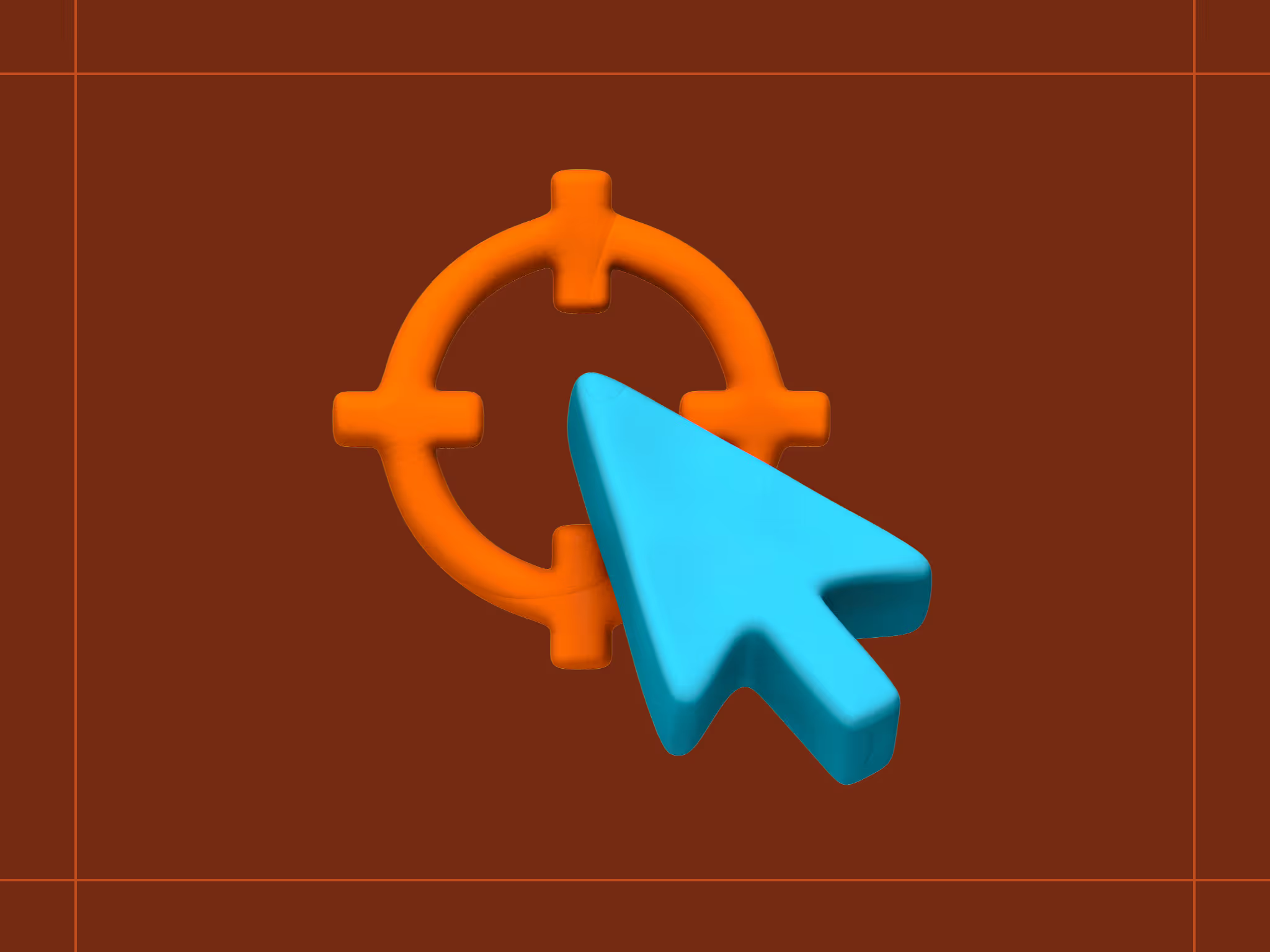
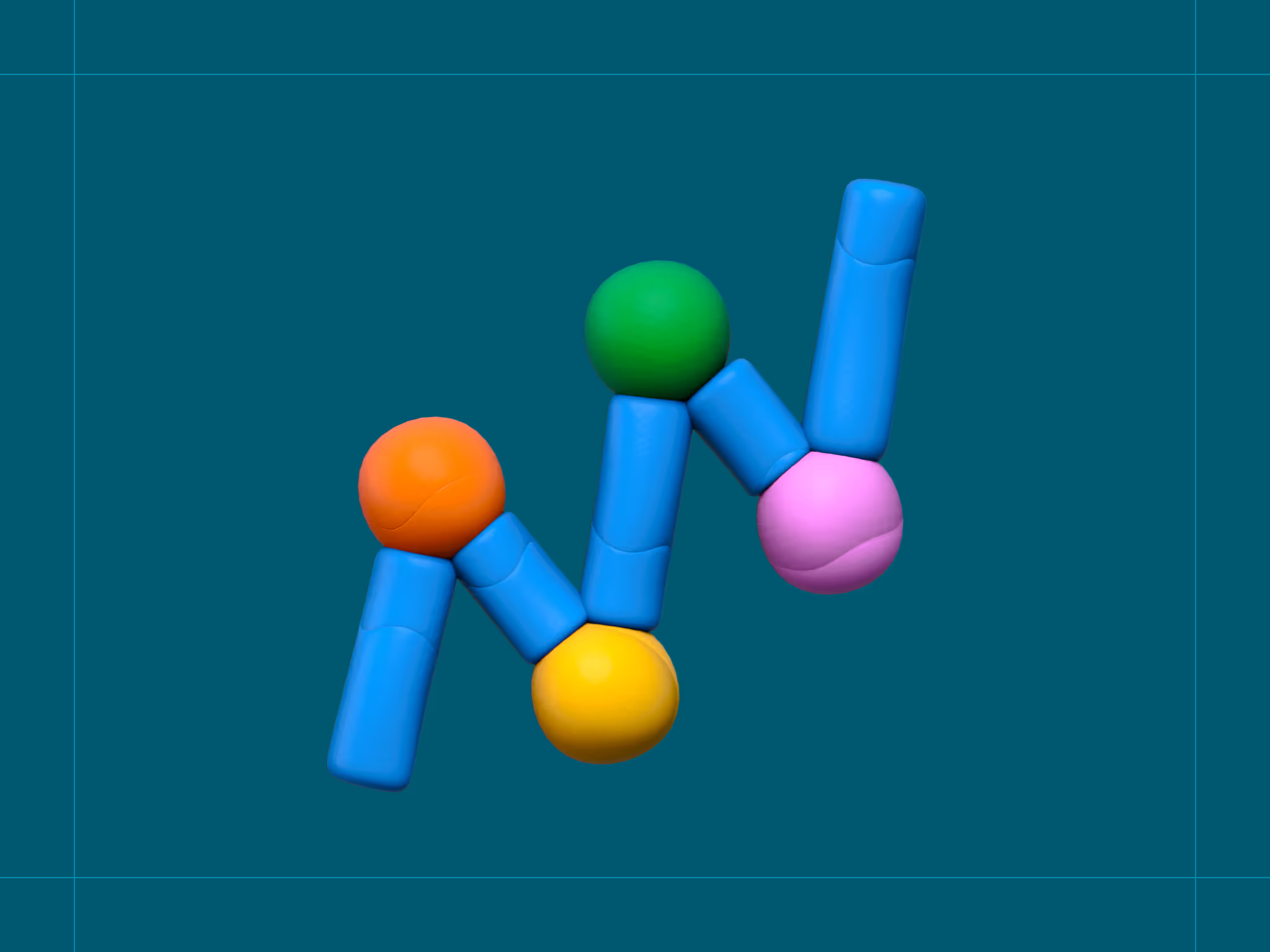
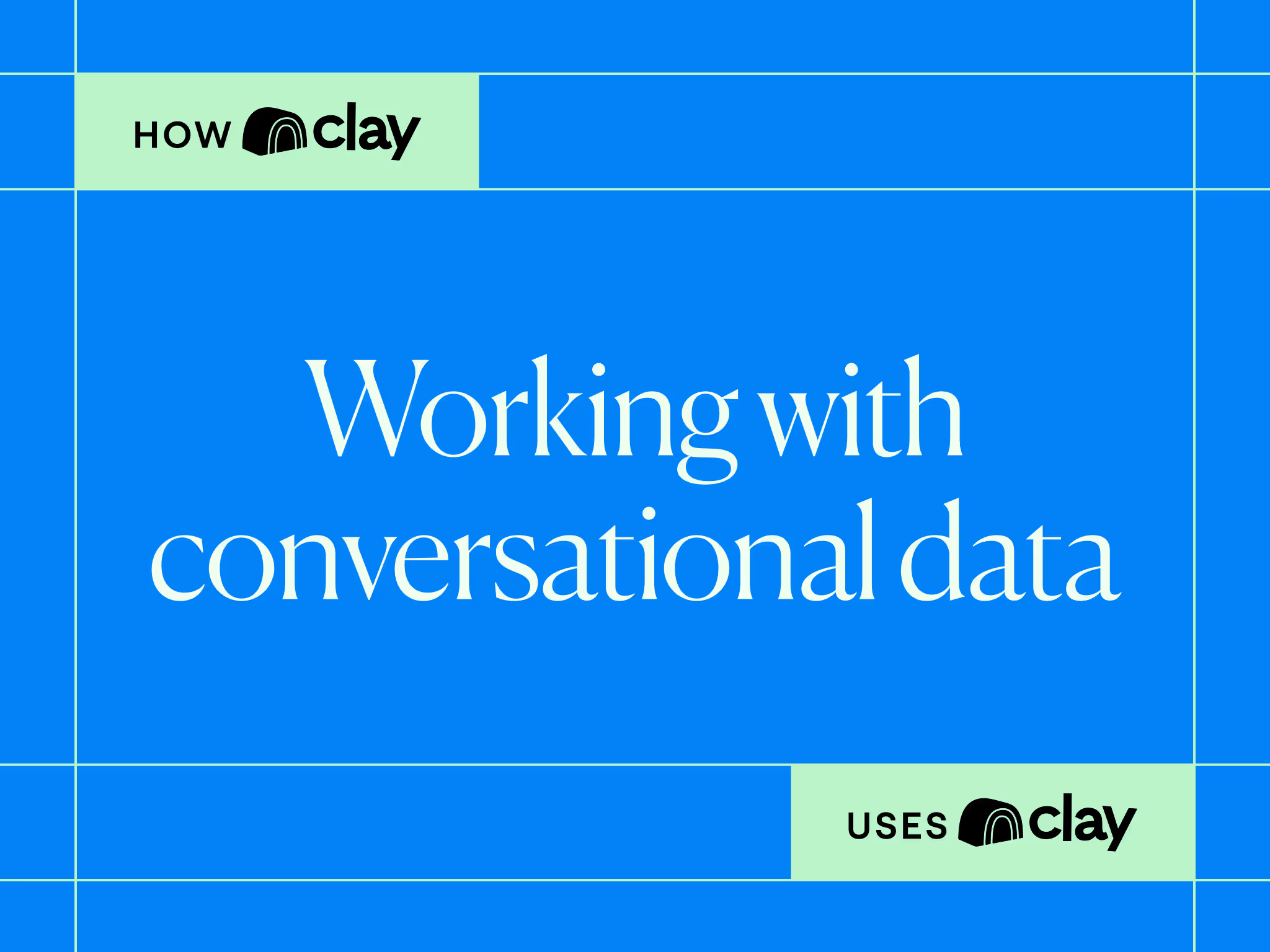
.avif)


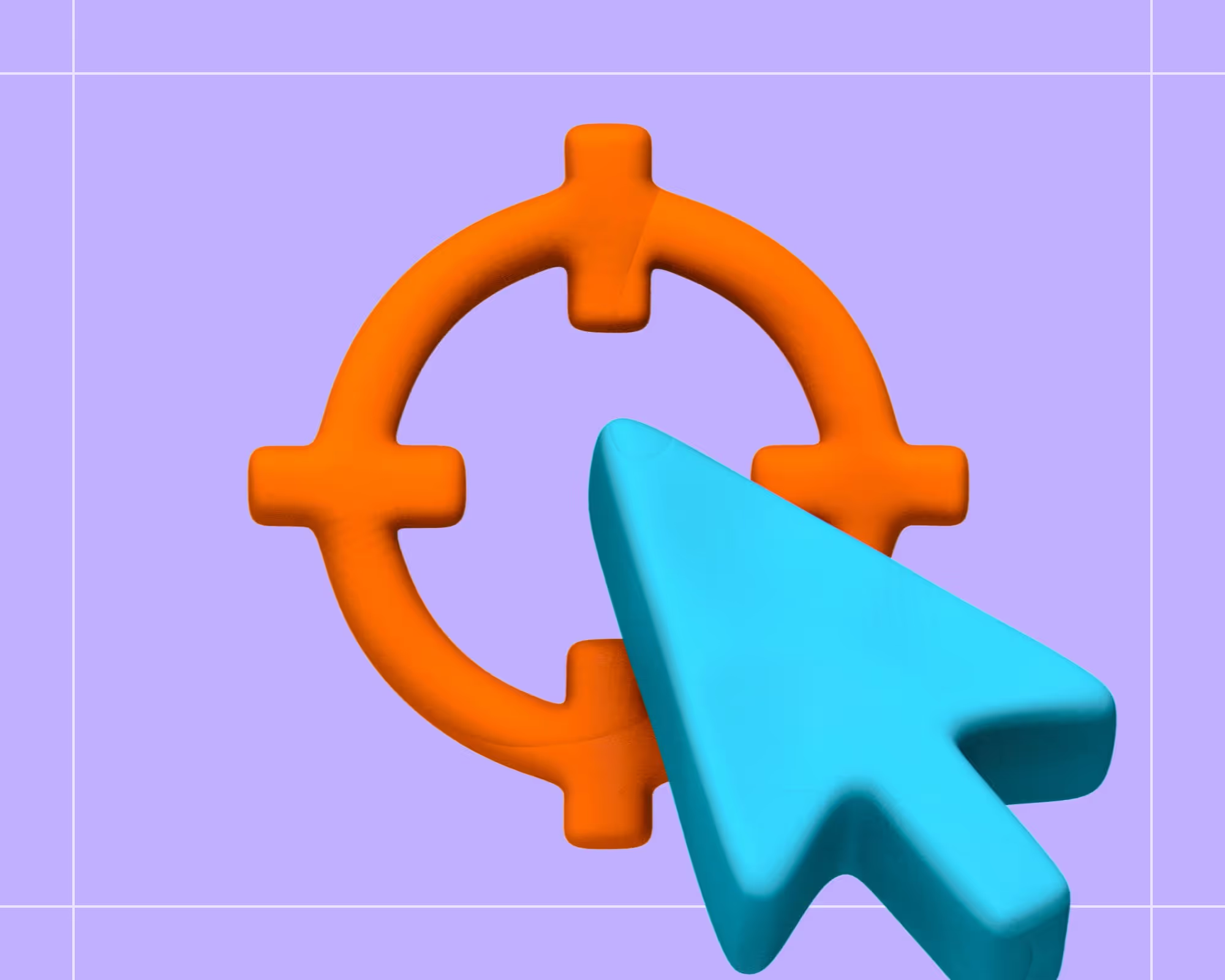








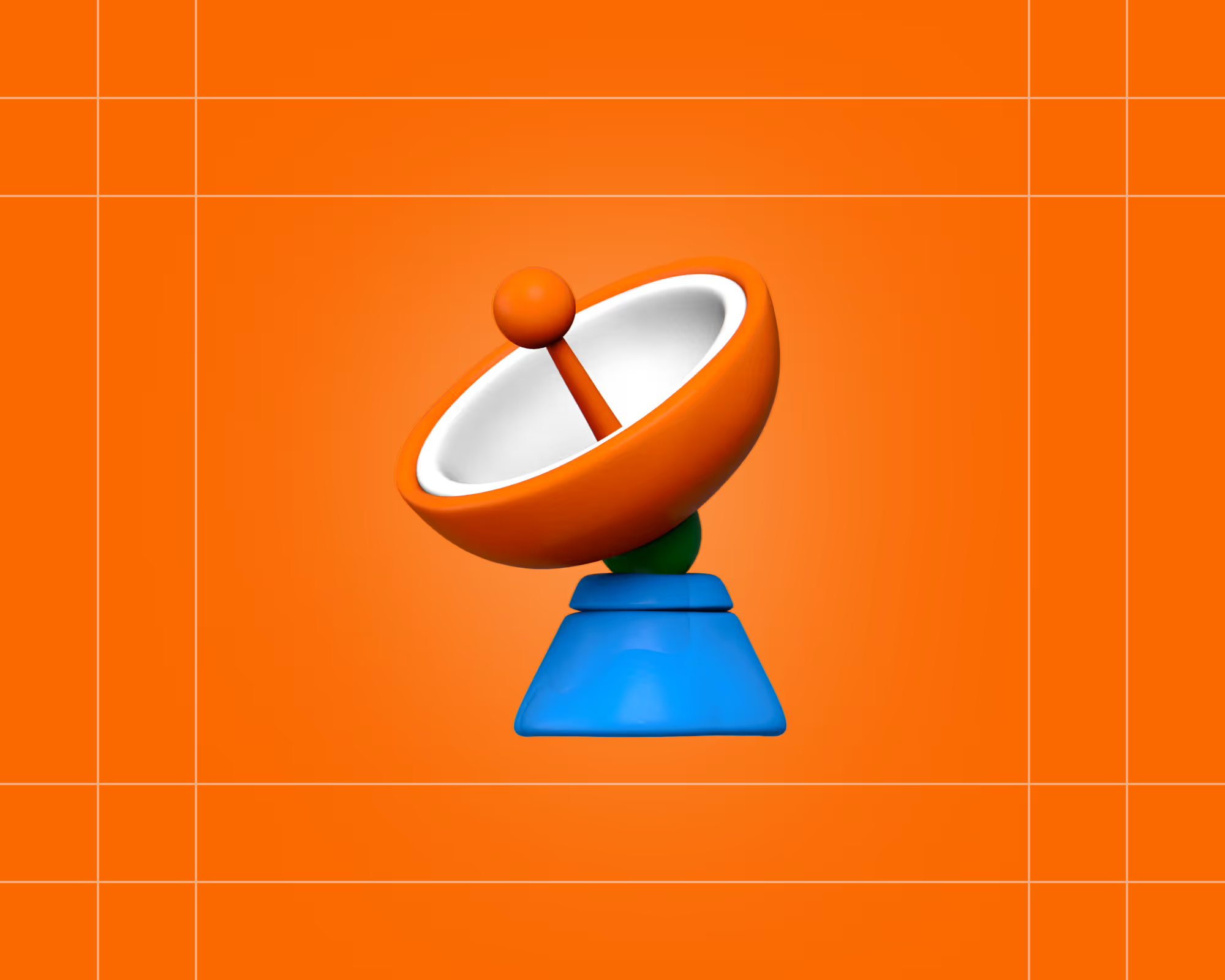

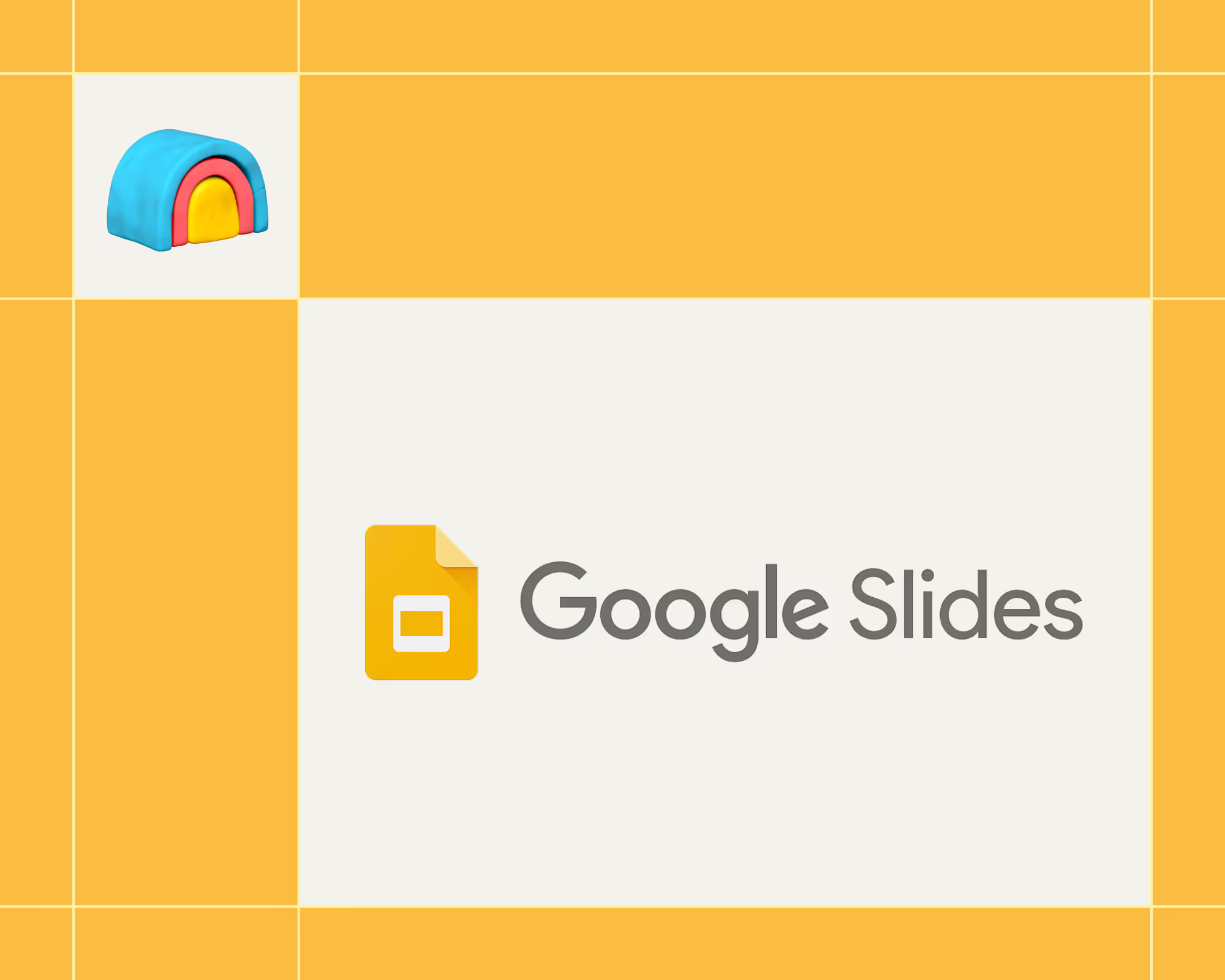
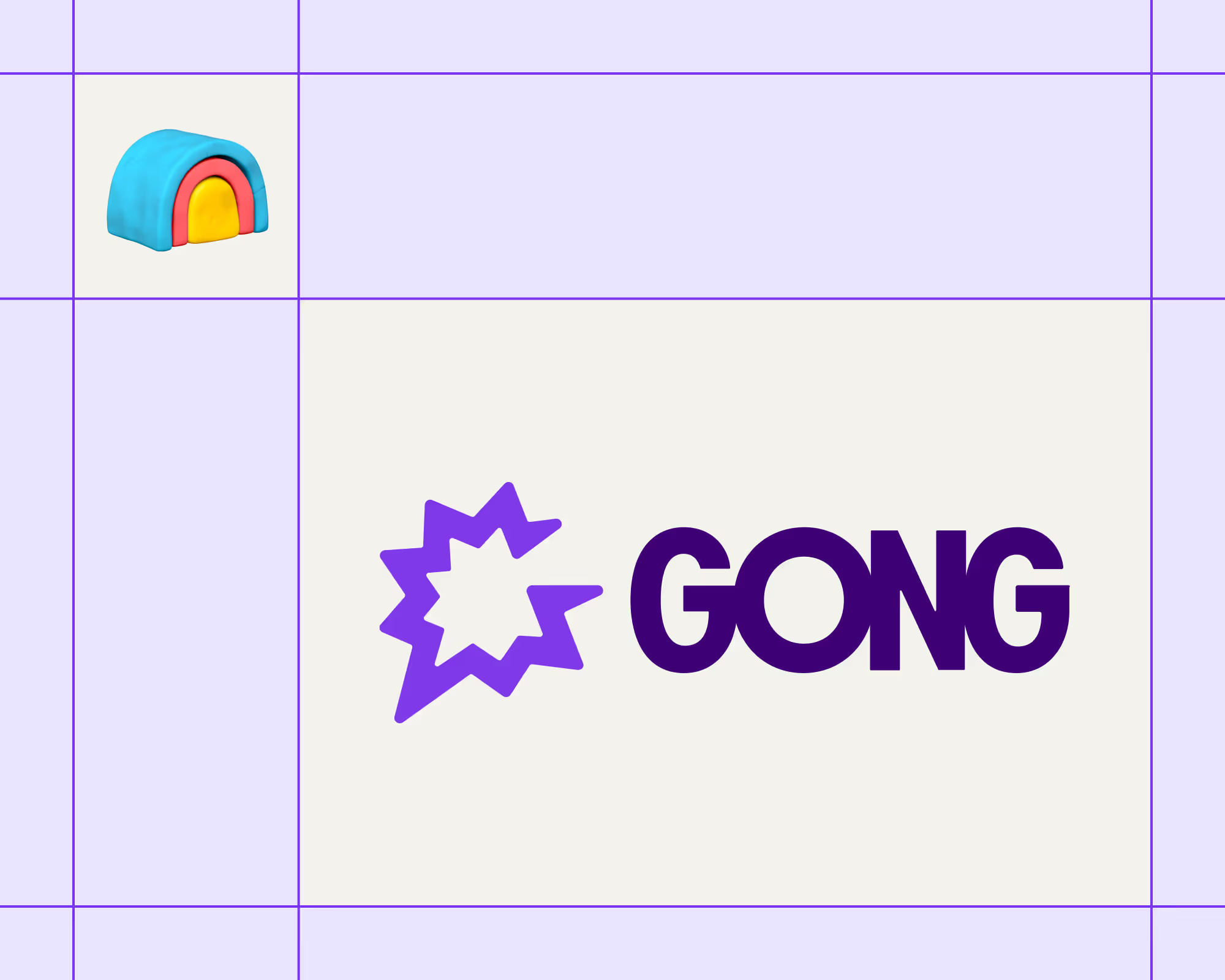

.avif)











.avif)
.avif)






















































